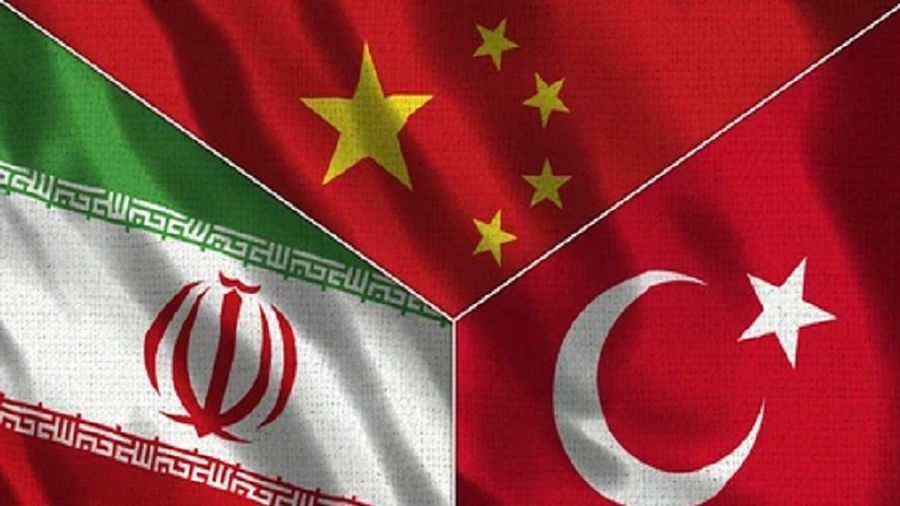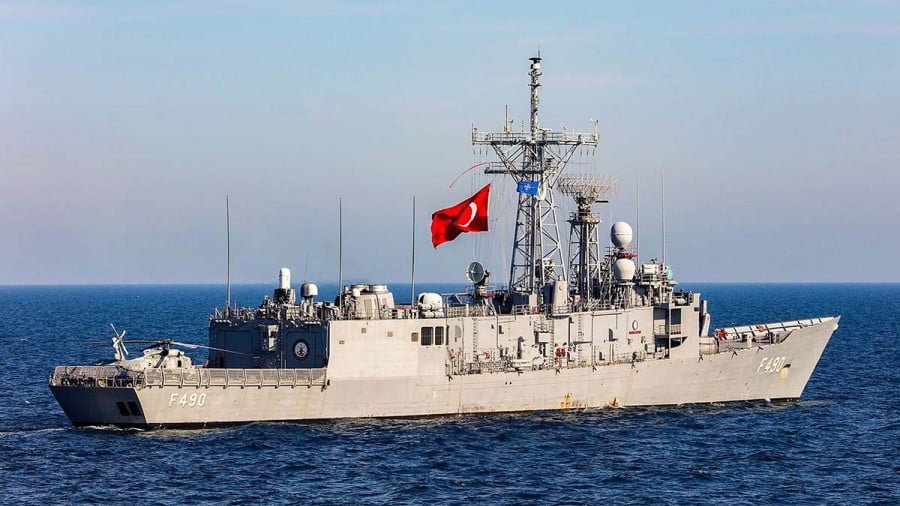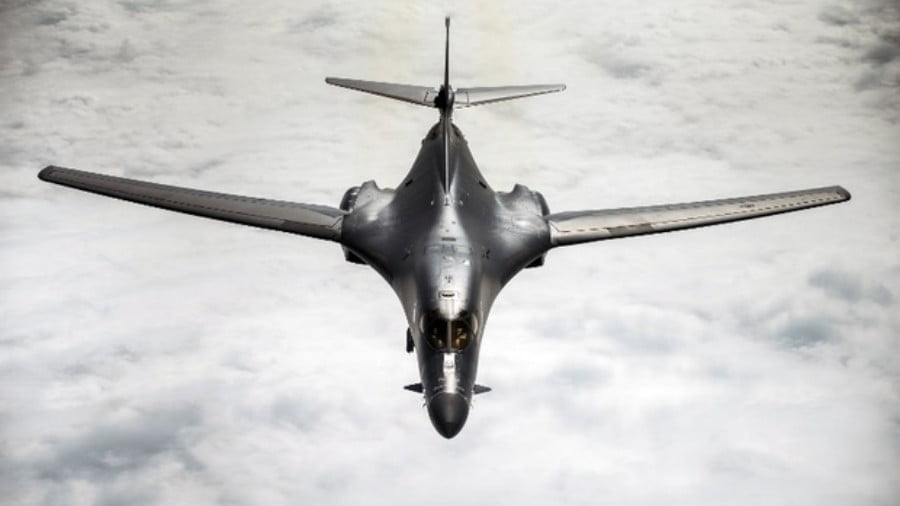The Middle Corridor Will Help China Hedge Against Uncertainty in Russia & Pakistan
It’s unrealistic that China would ever abandon its investments in Russia or Pakistan, but those two’s connectivity roles for it vis-à-vis the EU and West Asia/Africa respectively can be complemented by Turkey and Iran via the Middle Corridor.
Up until the beginning of this year, China’s grand strategy was to rely on a network of connectivity corridors across its Belt & Road Initiative (BRI) to integrate Eurasia and thus advance its non-Western model of globalization, which Beijing believes to be more equal, just, and multipolar than the declining Western-centric one. This ambitious plan was abruptly disrupted by two black swan events that created sudden uncertainty about the viability of BRI’s Russian and Pakistani routes: Moscow’s ongoing special military operation in Ukraine and Islamabad’s scandalous change of government.
The first-mentioned prompted the US-led West to impose unprecedented sanctions that resulted in the forced decoupling of Russia and the EU while the second led to the global pivot state’s worst-ever political crisis since independence that’s also been exploited by BLA terrorists. Regarding Russia, it’s no longer a realistic transit route for overland trade between Eastern and Western Eurasia. As for Pakistan, there are suspicions that its new authorities’ speculative pro–US pivot will occur at China’s expense. The BLA’s recent terrorist attack also led to all Confucius Institution teachers returning home for their safety.
China still considers Russia and Pakistan to be among its top strategic partners anywhere in the world, especially since both veritably play indispensable roles in Eurasia’s irreversible multipolar integration due to BRI’s Eurasian Land Bridge and China-Pakistan Economic Corridor (CPEC) respectively. Nevertheless, their reliability in the present is less than it was at the start of the year, which is why China might understandably begin hedging against their uncertainties that could last for an indeterminate length of time by focusing more on the Middle Corridor.
This project refers to the connectivity route between Turkey and China via the South Caucasus, Caspian Sea, and Central Asia. In the current conditions, it represents the most viable trans-Eurasian corridor. There are undoubtedly some risks associated with it as evidenced by the sudden attempted terrorist takeover of Kazakhstan in January, which had previously been considered to be Central Asia’s most stable state. That said, compared to the connectivity risks connected to Russia and Pakistan nowadays, the Middle Corridor is much more reliable and safer in all respects.
The implications of the People’s Republic pressing through with this pragmatic back-up plan could be enormous since it would throw a spanner in Russia and Pakistan’s geo-economic strategies, even though it’s not Beijing’s fault that they’re no longer viable connectivity partners, but their own due to the decisions they made. That’s not to cast judgement on them, but just to point out that China would simply be responding to events beyond its control or influence in order to advance its interests that it considers to be to the greater benefit of mankind due to its envisioned community of common destiny.
Russia and Pakistan are obviously part of mankind just like everyone else is but China cannot keep a disproportionate amount of its BRI eggs in their basket, so to speak, which is why it’ll likely be compelled by circumstances to focus more on the Middle Corridor in the coming years. Despite occasional troubles in its ties with Turkey stemming from the sympathy that some in that West Asian country have for Uyghur separatists that China considers to be terrorists, relations are generally solid and actually stand to become much more strategic the longer that uncertainty prevails in Russia and Pakistan.
To explain, Europe hasn’t yet been pressured by its American overlord to curtail ties with China exactly like it recently curtailed those with Russia. For the time being, they’re still in a relationship of complex economic interdependence with the People’s Republic, yet the Eurasian Land Bridge through Russia is no longer a viable means for conducting their future overland trade. For that reason, the Middle Corridor anchored in Turkey is much more attractive since goods can transit through this route between the EU and China instead of remaining dependent on the Suez Canal.
President Erdogan could leverage his civilization-state’s unexpectedly disproportionate geo-economic role in Eurasian integration to reduce the US-led West’s pressure upon Turkey exactly as he could do the same in the event that he succeeds in clinching an EU-Israeli pipeline deal in the coming future. His isn’t the only Muslim Great Power that would benefit from the Middle Corridor though since neighboring Iran can prospectively do as well. It can connect to that BRI route via Turkmenistan or perhaps by pioneering its own “Persian Corridor” to China through Afghanistan and Tajikistan.
Whichever way it happens, there’s no doubt that there’s mutual interest between Iran and China to strengthen their connectivity with one another after last year’s 25-year strategic partnership pact. They could have possibly done so by expanding CPEC in the western direction (W-CPEC+) but the newfound political and security uncertainty in Pakistan has made that unviable for the foreseeable future, hence why China might simply go ahead with expanding the Middle Corridor to Iran and/or cooperating on the Persian Corridor proposal.
China’s ties with the Gulf Kingdoms are also very strong, especially since the People’s Republic plans to invest in their systemic reform programs for diversifying their economies from their hitherto disproportionate dependence on resource exports. While their relations with Iran remain complex, there’s been visible progress over the past year or so in taking baby steps towards a rapprochement, particularly in terms of Tehran’s ties with Abu Dhabi and Riyadh. In the event that this continues, Iran could serve as the transit state for facilitating real-sector Chinese-Gulf trade.
Iran also abuts the Indian Ocean just like neighboring Pakistan does, but unlike the latter, Iran isn’t mired in political and security uncertainty so it could complement – though importantly never replace – the envisioned role that Pakistan was supposed to play with respect to facilitating Chinese-African trade. Nobody should misunderstand what’s being written in this analysis: it’s unrealistic that China would ever abandon its investments in Russia or Pakistan, but those two’s connectivity roles for it vis-à-vis the EU and West Asia/Africa respectively can be complemented by Turkey and Iran via the Middle Corridor.
What all of this means is that the uncertainty in Russia and Pakistan, while detrimental for their own interests as well as their role in Eurasia’s multipolar integration, provides unexpected opportunities for China to diversify BRI by focusing more on the Central Asian-Caspian Sea-South Caucasus-Gulf direction through the comparatively much more reliable and safer Middle Corridor. Turkey and Iran are the two Great Powers that stand to benefit the most from this, not to mention the medium- and smaller-sized countries between them and China. All told, the comprehensive gains might outweigh the setbacks.







